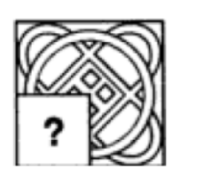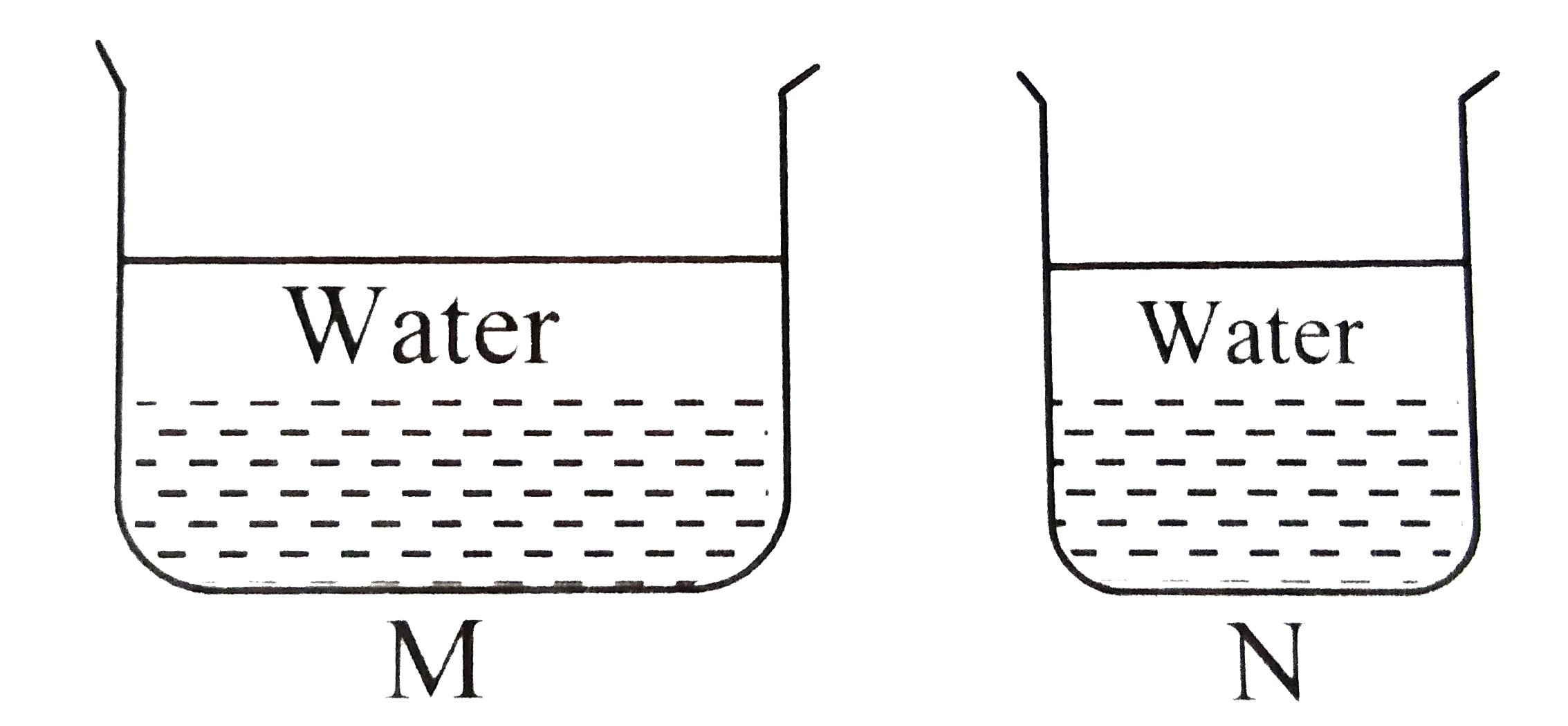From the following figure, the correct observation is :-

A
(V) gt (IV) gt (II) gt (I) gt (III)
B
(II) gt (IV) gt (I) gt (III) gt (V)
C
(IV) gt (V) gt (III) gt (II) gt (I)
D
(V) gt (IV) gt (III) gt (II) gt (I)
Video Solution
Text Solution
The correct Answer is:B
Presence of electron withdrawing group on phenols, increases its acidic strength. So, both compounds i.e., pnitrophenol (II) and m-nitrophenol (IV) are stronger acid than (I). If this −NO2 group is present at p-position, then it exerts both -I and -R effect but if it is present at meta position, then it exerts only -I effect. Therefore pnitrophenol is much stronger acid then m-nitrophenol.
On the other hand, presence of electron releasing group on phenol decreases its acidic strength. If −OCH3 group is present at meta position. it will not exert + R effect but exert -I effect
But, if it is present at para position. then it will exert +R effect. Therefore, m-methoxy phenol is more acidic than p-methoxy phenol.
|
Topper's Solved these Questions
- ALCOHOLS, PHENOLS AND ETHERSBOOK - ERRORLESSCHAPTER - ALCOHOLS, PHENOLS AND ETHERSEXERCISE - NCERT BASED QUESTIONS (Cyclic and Aromatic Ethers)
7 Videos
- ALCOHOLS, PHENOLS AND ETHERSBOOK - ERRORLESSCHAPTER - ALCOHOLS, PHENOLS AND ETHERSEXERCISE - NCERT BASED QUESTIONS (Different Ethers and Hydroxy Compounds)
28 Videos
- ALCOHOLS, PHENOLS AND ETHERSBOOK - ERRORLESSCHAPTER - ALCOHOLS, PHENOLS AND ETHERSEXERCISE - NCERT BASED QUESTIONS (Dihydric, Trihydric and Unsaturated Alcohols)
21 Videos
- ALDEHYDES AND KETONESBOOK - ERRORLESSCHAPTER - ALDEHYDES AND KETONESEXERCISE - ASSERTION AND REASON
10 Videos
Similar Questions
Knowledge Check
From figure the correct relation is
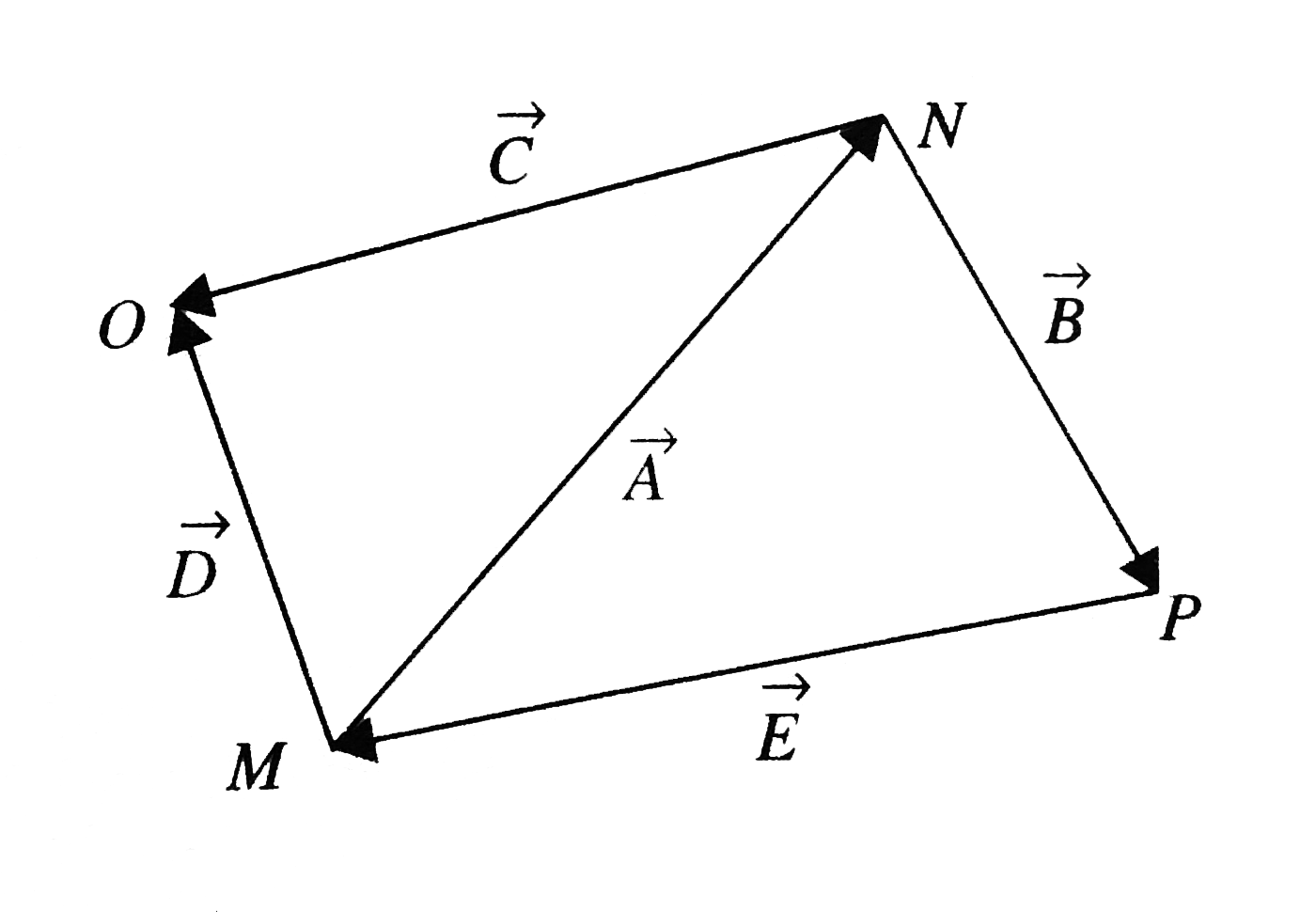 A→A+→B+→E=→0B→C−→D=−→AC→B+→E−→C=−→DDAll of the above
A→A+→B+→E=→0B→C−→D=−→AC→B+→E−→C=−→DDAll of the aboveWhich of the following is not correct observation on Ellingham diagram ?
AA metal can reduce the oxide of other metal which lies above it in Ellingham diagram .BCO is more effective than C as a reducing agent below 710∘CCΔG∘ of metal oxides is higher than that of CO2 hence oxidation of metal suphides to oxides is not favourable.DNeed for conversion of metal sulphide to metal oxide before reduction can be explained thermodynamically.When ammonia is added to AgCl, the following is /are correct observations / statements ?
AAgCl dissolvesBAgCl becomes blackCA complex [Ag(NH3)2]Cl is formedDBoth a and c
Observer the following figures -
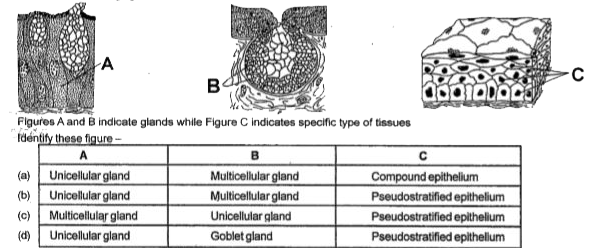
View SolutionWhen ammonia is added to AgCl, the following is/are correct observations /statements ?
View SolutionRahul, a class 8 student conducted the following experiment and recorded the observations in the given table.

The correct observation and inference drawn are
View SolutionSakshi performed two experiments as shown in figure 1 and 2, and recorded her observations in the table.
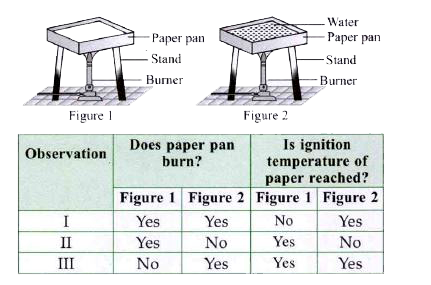
Find out the correct observation and the reason behind it from the options given below.
View SolutionObserve the following reaction, and select the correct option

View Solution
